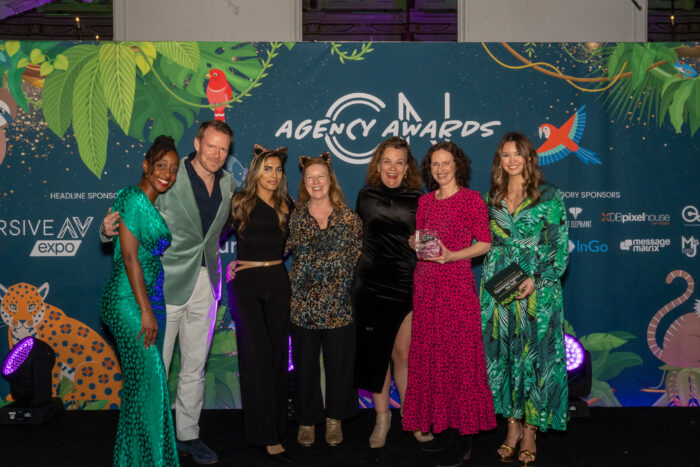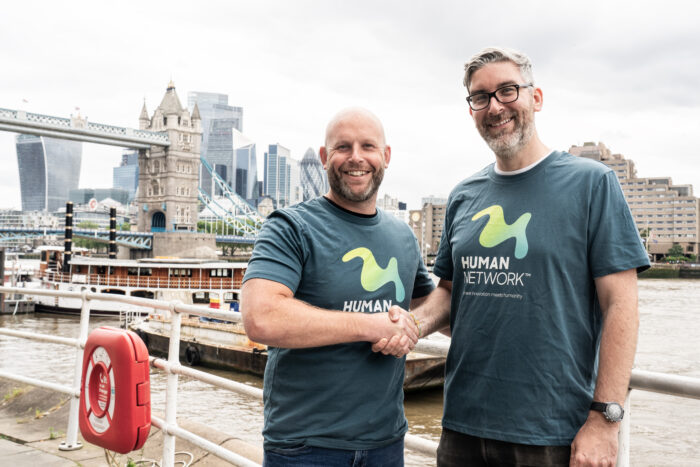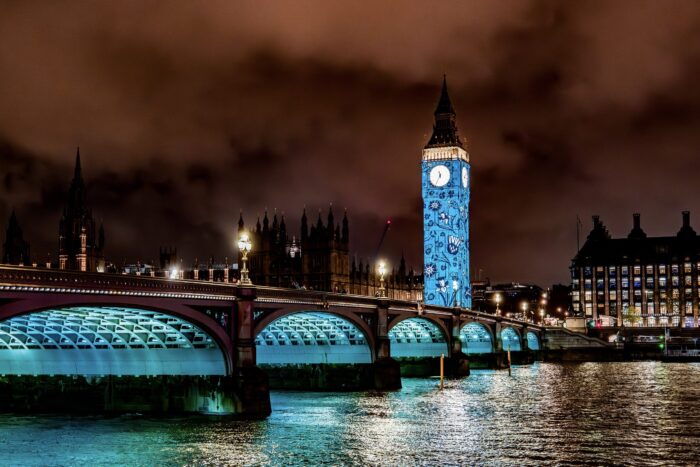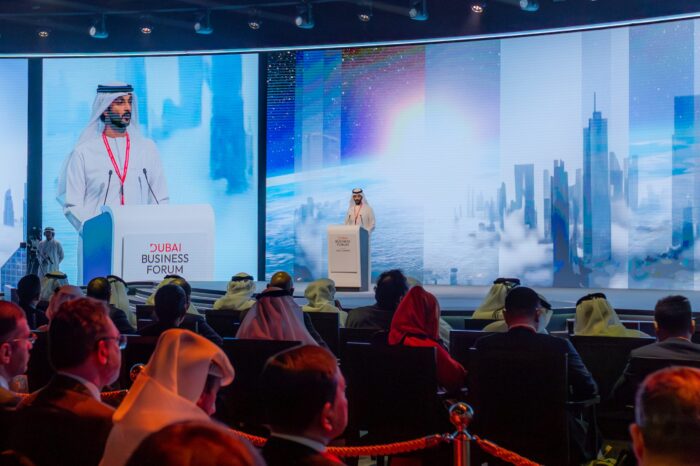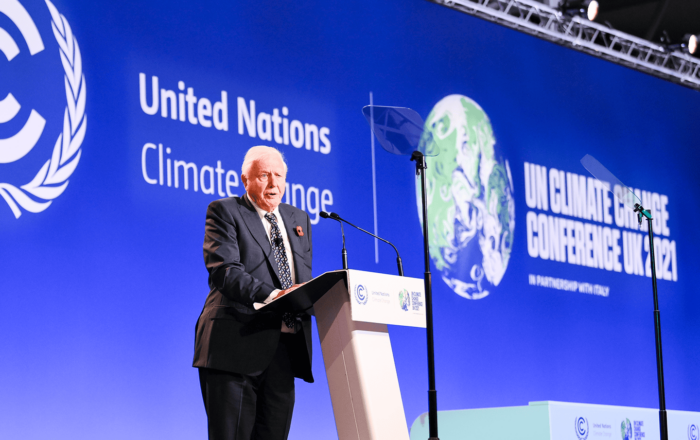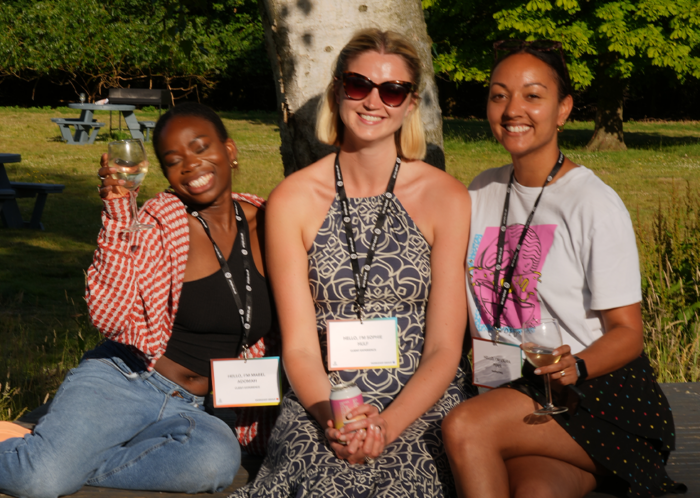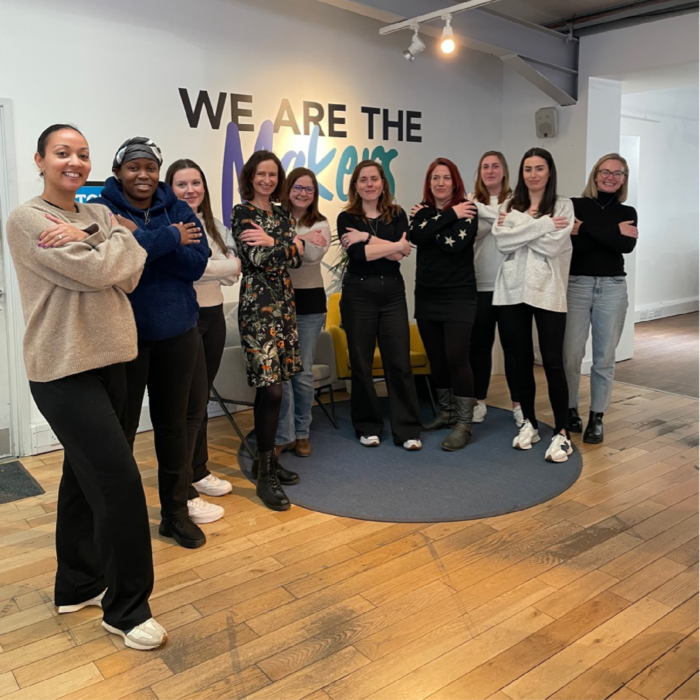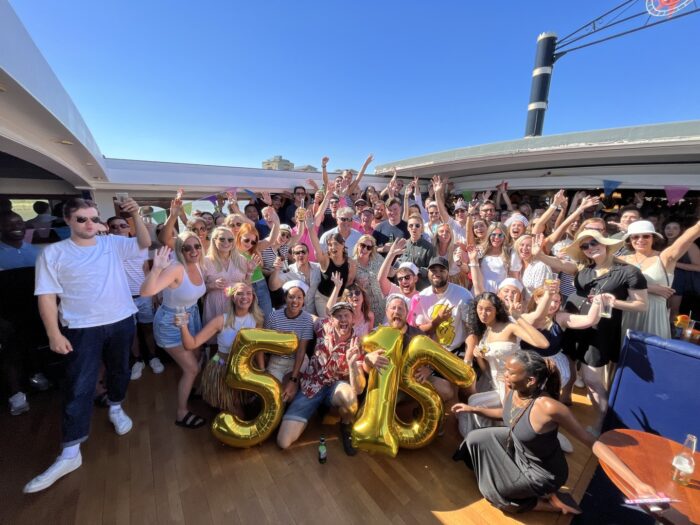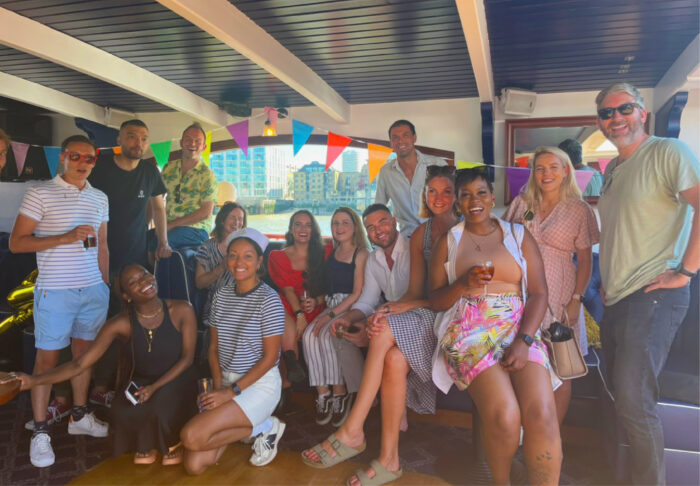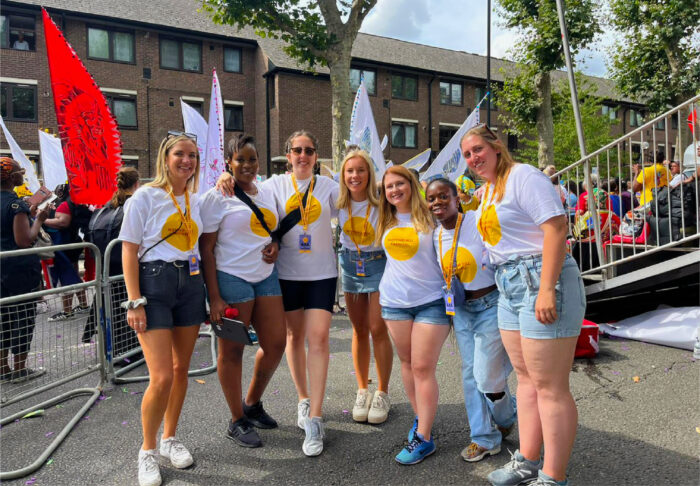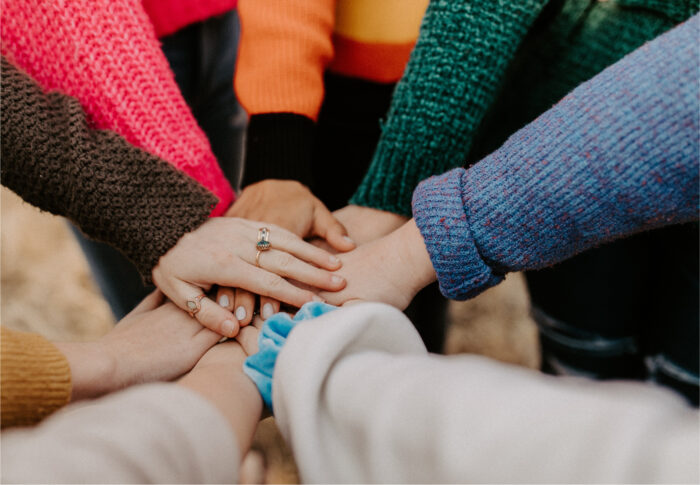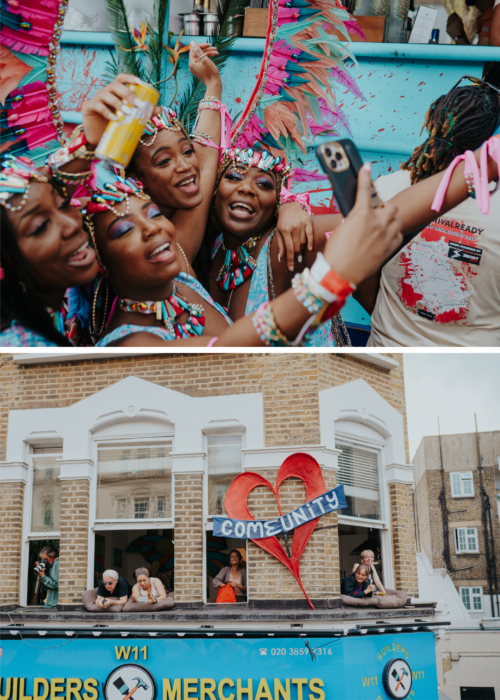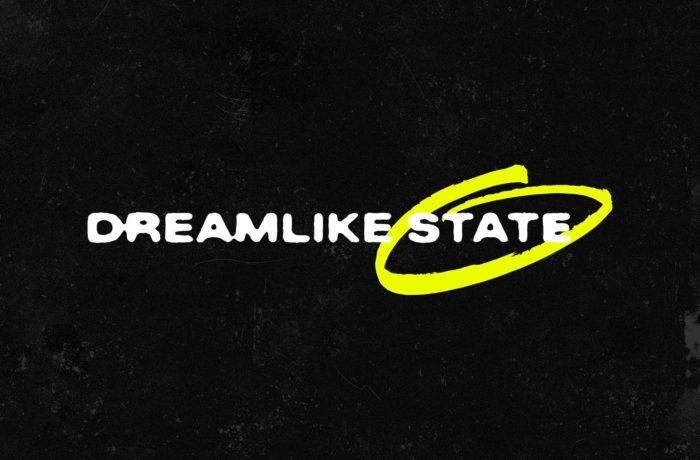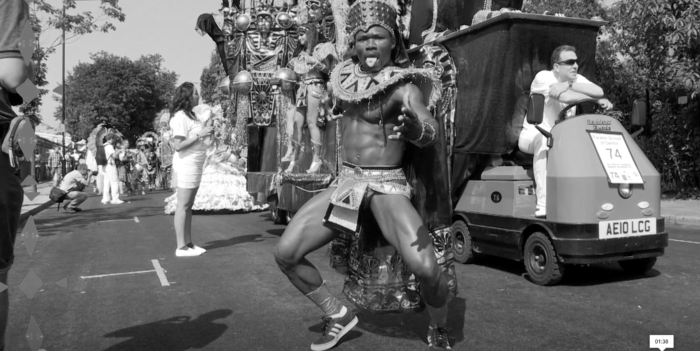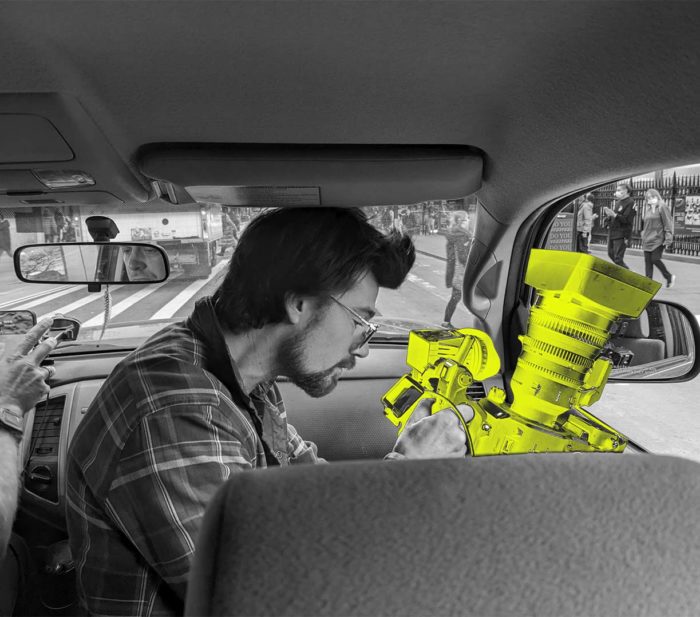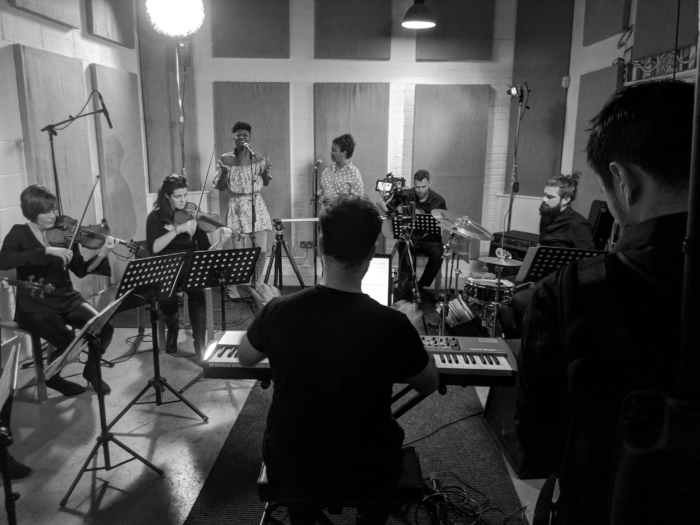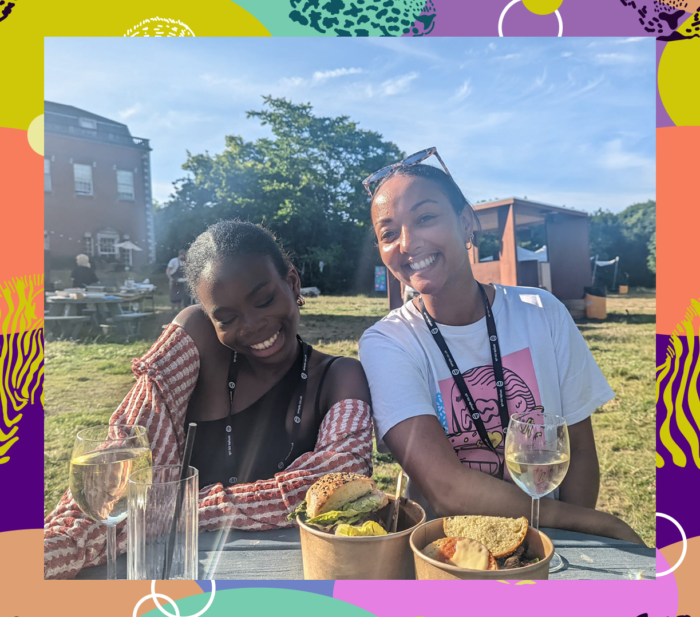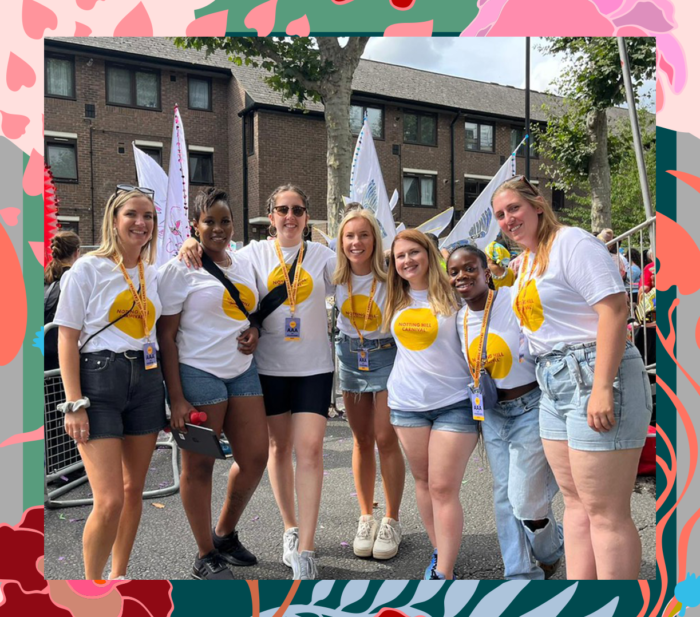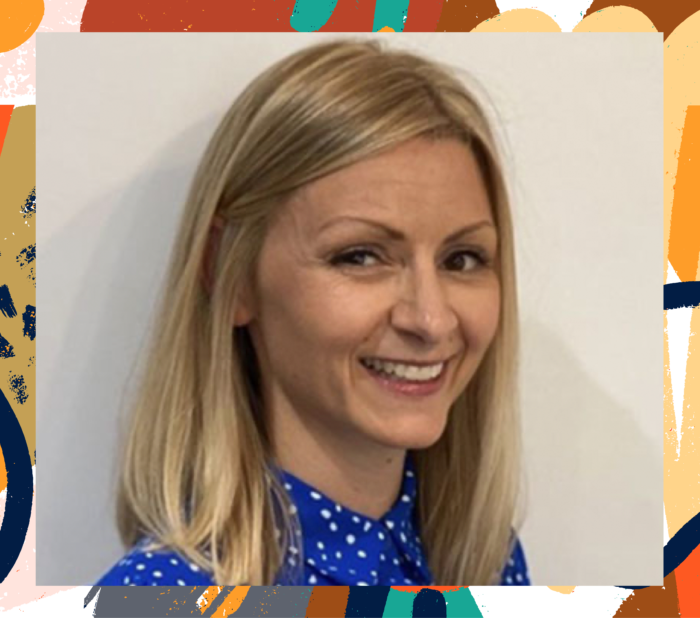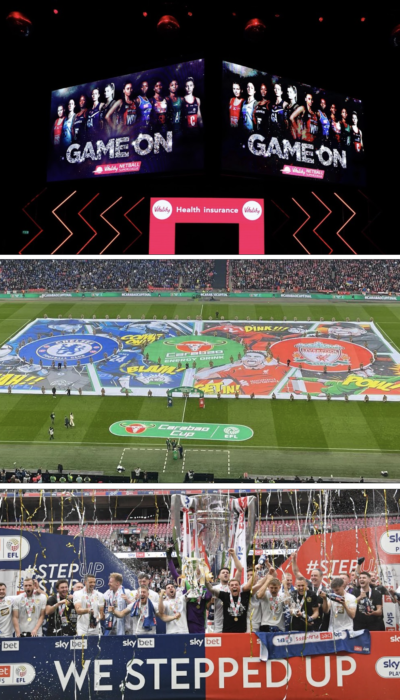Now in its seventh year, the Conference News Agency Awards celebrates the UK’s most influential and accomplished full-service event agencies. The 2025 edition marked a record-breaking year, with over 250 submissions from more than 100 agencies competing for recognition.
Accepting the award were Smyle’s team, including Charlotte Key (People Experience Director), James Howitt (Client Experience & Development Director), Gwenda Soors (Finance Director), Amanda Alexander (Client Development Lead), and Priya Patel (Business Development Manager).
The gala attracted over 450 event professionals, maintaining its status as one of the key, premier networking events in the UK events industry calendar.
Judges fed back that:
Smyle clearly understands the importance of detail, goes the extra mile for its clients, and delivers exceptional events in many fields. The portfolio examples listed in this submission highlight Smyle’s flexibility and adaptability and demonstrate that you listen to your clients’ brief and offer bespoke event solutions, creativity, time, and passion to capture all that the client needs, along with the additional event enhancements you suggest to give guests immersive and interactive experiences. The fact that you retain 97% of your clients is a brilliant statistic to add here, and your agency’s growth and expansion are globally successful with ‘The Human Network.’
The statement ‘Smyle’s projects in 2024 set new benchmarks for experiential excellence’ clearly indicates your agency’s vision to be the best in your field. You give solid examples of clients you work with and the targets you help them exceed, not only with audience participation, such as Spotify’s first UK concert on TikTok bringing in 3.3 million viewers, but you also show the revenue additions for other campaigns.
You show evidence of understanding how new technology is the way forward in events, with example events at the Olympics and Gamescon, where you bring memorable brand interactions. This innovative mindset showcases how you excel in deliverance, with the client’s ROI and the attendee experience at the forefront of your minds. ‘Pushing the boundaries of what’s possible and exceeding expectations in a rapidly changing tech industry—a true testament to their DNA’ is wonderful feedback from a client.
You understand how important building and retaining relationships is. The client testimonials really highlight what a brilliant job you do as they comment on your professionalism, leadership, and positive attitude, which isn’t always easy in these environments. You are trusted and respected among your clients, including current clients and the new business that you acquire.
Sustainability and social responsibility are very important to the events industry, and you give strong examples in both of these categories, with the reduction in the gender pay gap within your agency and the introduction of Powered By Humans, standing out against your competitors.
Brilliant submission, with a lovely mix of visuals, videos, and testimonies to bring your submission to life. Well done!
